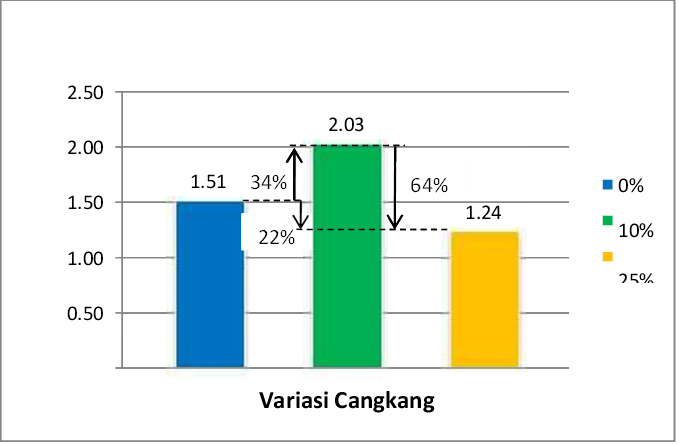The Effect of Adding Shells as Aggregate on the Level of Tensile Strength of Concrete
Main Article Content
Abstract
Freshwater mussels are not just another aquatic organism, they have a significant impact in the context of fisheries and freshwater ecosystems. As natural biofilters, freshwater mussels play a crucial role in maintaining water quality by absorbing and removing harmful substances, while providing an optimal environment for the growth of fish and other aquatic organisms. Although mussels have great potential as a diverse natural resource, currently their utilization is still limited to the use of mussel meat as food and mussel shells as decoration. Clam shells contain lime (Calcium carbonate CaO) so it is good to use in concrete mixing. The purpose of this study was to determine how the addition of clam shells affects the level of change in the quality and tensile strength of concrete. The method used is testing the tensile strength of concrete in the laboratory (experimental). The samples tested were samples with three variations of clam shell mixture, namely 0% shell (4 samples), 10% shell (4 samples) and 25% shell (4 samples). The stages of implementation include; making test samples in the form of concrete cylinders, treating test samples and testing tensile strength. The results showed an increase in concrete tensile strength at the addition of 10% clam shells with a tensile strength value of 2.03 Mpa and a decrease in concrete tensile strength at the addition of 25% clam shells with a tensile strength value of 1.24 Mpa. The ideal proportion of clam shell addition for concrete mixing in this study is 10% because it can increase the tensile strength of concrete.
Downloads
Article Details

This work is licensed under a Creative Commons Attribution 4.0 International License.
Allow anyone to modify, improve, and make derivative works, even for commercial purposes, as long as they credit to you for the original work.
References
T. Mulyono, “Analisis Kuat Tekan Beton dengan Bahan Tambah,” Pengaruh Jumlah Semen dan Fas Terhadap Kuat Tekan Bet. Dengan Agreg. yang Berasal dari Sungai, vol. 17, no. 2, pp. 205–218, 2016.
L. Tebu, D. B. Semen, D. Sebagai, S. Untuk, M. Pendidikan, and T. Sarjana, “Kinerja Kuat Tekan Beton dengan Accelerator Alami,” 2008.
E. . Nawi, “17_Beton-Bertulang-Edward,” Bet. Bertulang Suatu Pendekatan Dasar, 1998.
Sni 2417:2008, “Sni 2417:2008,” Cara uji keausan Agreg. dengan mesin abrasi Los Angeles, pp. 1–5, 2008.
Mawardi and Besperi, “Pengaruh Nilai Kekasaran Permukaan Agregat Kasar Terhadap Kuat Tekan Beton,” InersiaJurnal Tek. Sipil, vol. 6, pp. 13–20, 2014.

